Aquarium Light Vs Grow Light: Which Is Better For Planted Tank?
This post may contain affiliate links.
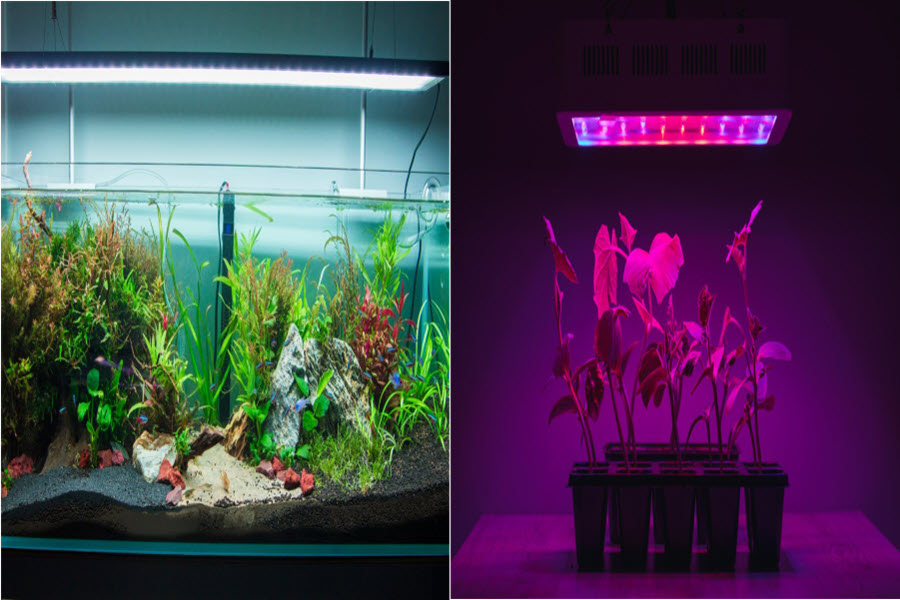
For a planted aquarium, artificial lights play an important role. But how do we choose the best? Many newcomers starting with the fishkeeping hobby get confused between regular aquarium lights and grow light. If you are in the same boat, and can’t decide for yourself, let us make it easy.
The priority of regular aquarium lights is to provide illumination in tanks. However, encouraging plants growth is of secondary importance. On the other hand, grow light is explicitly engineered for promoting plants growth by mimicking the light spectrum similar to that of the sun.
This is a brief overview. Below we have shared a detailed comparison of regular aquarium lights and grow lights based on several important factors. What if we tell you this is the only article you will ever need to decide the best lighting system for your aquarium? Read it so that you can prove it for yourself.
Aquarium Light Vs. Grow Light: A Detailed Comparison
In the introductory section, we have shared what regular aquarium light and grow light is primarily known for. However, there is more to it that one must know before buying either.
Light Spectrum
The role of a light source in planted aquariums is to emit a light spectrum simulating sunlight. Therefore, the light spectrum is the most crucial factor in determining plants’ growth. Most aquatic plants, except some exotics ones, require a full spectrum of light to flourish.
As we know, grow light is designed to provide a light spectrum similar to that of the sun. And additionally, you can create a spectrum that is more tailored to the needs of the plant being grown.
On the other hand, regular aquarium lights are less focused on emitting the right spectrum and more on illumination. However, this is not true for all aquarium lights.
Just know this: any light, regardless of its type and brand, will work as long as it provides the right spectrum with enough intensity.
Heat Emission
When electric energy is converted into light energy, it produces heat energy. The heat emission by light bulbs may seem nothing to us, but don’t mistake it for being negligible for the aquatic plants. An excess amount of heat can be detrimental to your plants.
Aquarium lights mainly serve the purpose of illumination and therefore emit more heat than lights designed for promoting plant growth, such as grow light.
Power Intensity
It is yet another vital factor you should look for when buying a light for your planted tank. The power intensity determines how effective the light source is.
Many aquarists believe Grow light has more intensity than regular aquarium lights. However, it is not entirely true. Different lights have different intensities. There are high-end aquarium lights available in the market that offers optimum power and intensity. Metal halide is one such example.
The more the intensity of the light source, the better it penetrates through the water and reaches plants. It essentially increases the rate of photosynthesis, allowing the plants to blossom.
Energy Efficiency
If you want to save on energy, go for LED aquarium lights. Not the regular ones, but the lights labeled for energy savings.
Grow light is undoubtedly one of the best out there. It works exceptionally well for indoor plants; however, it’s not usually considered energy efficient.
Based on our personal experience with both lights, we say the difference isn’t much. The amount of energy grow lights consume isn’t reasonably high.
You can rest assured it will not make a dent in your pockets.
Cost
Grow lights are more expensive than the regular use aquarium lights. Considering the high-quality material grow lights are made up of and the performance it offers, the prices are justified. They have tuned light spectrums that provide plants adequate energy to grow and flourish.
Lifespan
When compared to regular LEDs, grow light has a shorter lifespan. Just know different types of grow light has different life expectancies. The performance of a grow light decreases over time, which is somewhat true for all other lights.
For instance, after 15,000-24,000-hours of use, you may find your light losing 20-80% of its total light output. However, consuming the same amount of electricity as before.
Is Grow Light Better Than Regular Aquarium Lights?
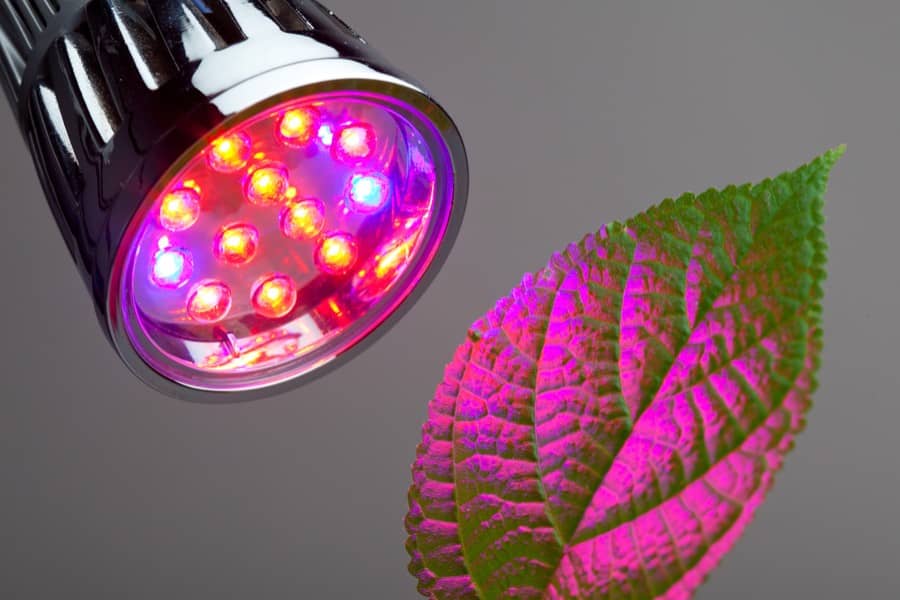
If you read all the points carefully, you may already feel that grow light is probably better, and you should be using it over traditional aquarium lights.
Now, this only applies to planted tanks. Proper lighting is the most crucial factor that determines the growth of your aquatic plants. This is where grow light comes into play as it provides a light spectrum simulating sunlight. And this is everything your plants need in order to thrive.
You can also use other aquarium lights in your planted tanks. If it provides the full spectrum of light with enough intensity, you are good to do. However, avoid light bulbs that are high in heat emission.
There is no one ‘best lighting solution’ for aquariums, so you must cease looking for it. And instead, focus on your tank’s requirements, and you will be able to find the type of light that fulfills the needs.
For instance, if you have a fish-only tank, you need a light that simply lightens up your aquarium. You don’t need to focus on the light spectrum, intensity, or heat emission (to some extent) unless you grow plants in your tank. You can go for a LED aquarium light that substantially illuminates your tank, its habitants, and decoration.
Choosing the right lighting system is simply a matter of knowing your tank’s requirements and buying a light that fulfills them adequately.
Types of Aquarium Lights
Following are the best lighting options for your aquariums:
LED Lights
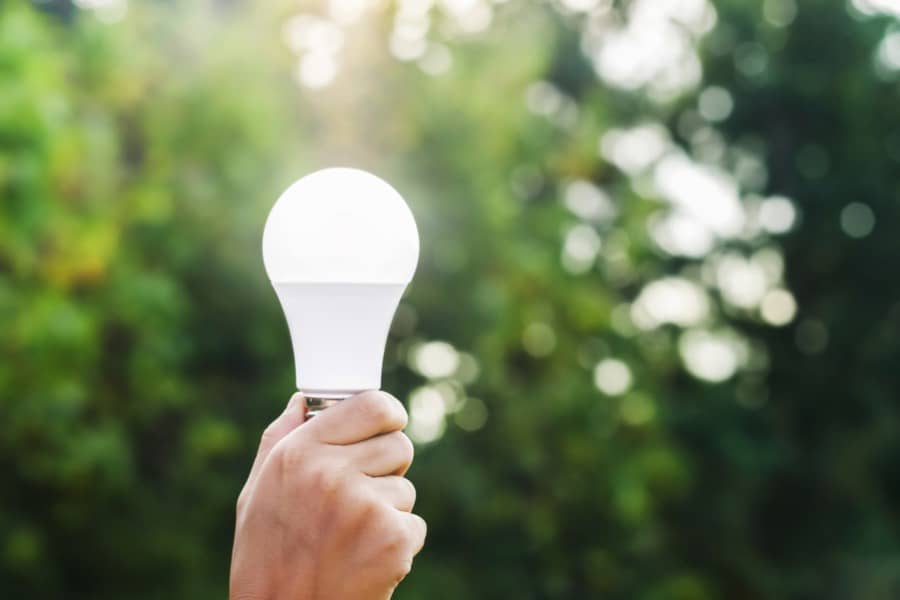
Being the most innovative lighting technology, LEDs are currently popular among aquarists. LEDs are low in power consumption; however, they produce brilliant light. Moreover, LED lights don’t emit heat, unlike its counterparts.
It comes in a variety of colors, offering the required light spectrum to the plants. Most advanced LED lighting fixtures allow you to adjust the light intensity and come with a timer.
Metal Halides
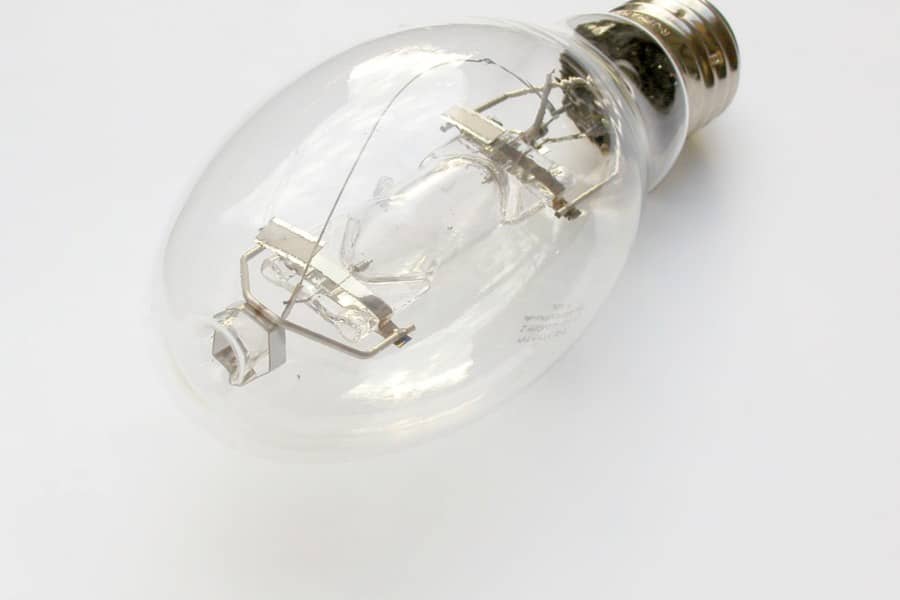
Metal halides are high-intensity discharge (HID) lighting systems. It’s mainly used in reef aquariums, where inhabitants require high lighting conditions to thrive. Metal halide fixtures are also used for substantially larger aquariums or aquariums deeper than 24 inches, where other lighting systems are often not powerful enough to do the job. The bulbs used in metal halides emit a lot of heat, so you must be careful.
Standard Fluorescent Light

Regular fluorescent lights are ideal for aquariums that mainly require illumination, such as fish-only tanks. Available in numerous colors and sizes, these lights are inexpensive but energy efficient. Do not use fluorescent bulbs for planted aquariums as they may lack the light spectrum essential for plants growth.
Compact Fluorescent Light
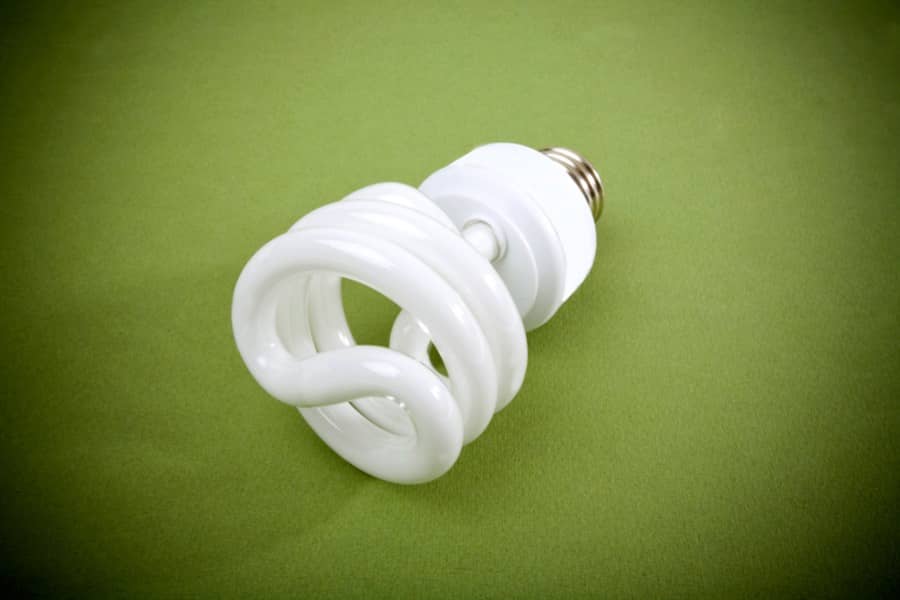
Compact fluorescent is a high light-output version of standard fluorescent. It produces 2X more light and is smaller in size. It is believed that a single compact fluorescent light fixture can effortlessly do the job of two standard fluorescent fixtures. Additionally, these lights are easy to operate, emit less heat, and come at a low operation cost.
Can Regular LED Lights Be Used As Grow Lights?
Standard LEDs mostly have a white light color spectrum which is ideal for illumination. Whereas grow light offers blue, red, and even green colors that promote photosynthesis in plants resulting in maximum growth.
Therefore, you can’t use regular LED lights as grow light unless it’s designed to emit a full spectrum of light.
Tips on Creating the Best Lighting System for Aquariums
There are a wide variety of lighting options available in the market. It offers aquarists of all levels the flexibility to choose from the diverse selection and introduce perfect lighting conditions to their aquariums.
Combining different forms of lighting is one of the best ways to achieve the proper spectrum and intensity in the tank. It allows you to satisfy the lighting requirement of the aquatic creatures without sacrificing your needs, such as having a brighter and visually appealing tank.
In a nutshell, choosing the right aquarium lights is a matter of personal preference and the inhabitant’s need.
Conclusion
If you have thoroughly read the article to this point, you shouldn’t be in ‘indecision’ anymore. We hope by now you have figured out whether standard aquarium lights or grow lights are suitable for your aquarium.
In case you still feel skeptical about certain things, write us using the comment box below; we will be happy to answer your queries.
